Spain is calling our names once again
I don’t know about you, but at the moment I can’t help reminiscing about all the incredible places we’ve visited over the years. And Spain is the country that keeps springing to mind, especially some of the lesser-known Spanish towns.
Spain is such a beautiful country with its rugged coastline in the north, the far-reaching plains and windmills in La Mancha to the southern Pueblo Blancos in Andalucía. There is so much to discover.
So, after previously sharing with you our initial eight favourite towns through Spain. As promised, I’m going to offer you a taster to a few more that we’ve visited, and I’m sure you’ll love.
Whether they are north, south, east or west, they all offer something a little special. It’s not just the fascinating history and scenery that I love, but also the regional differences that make each place unique and memorable.
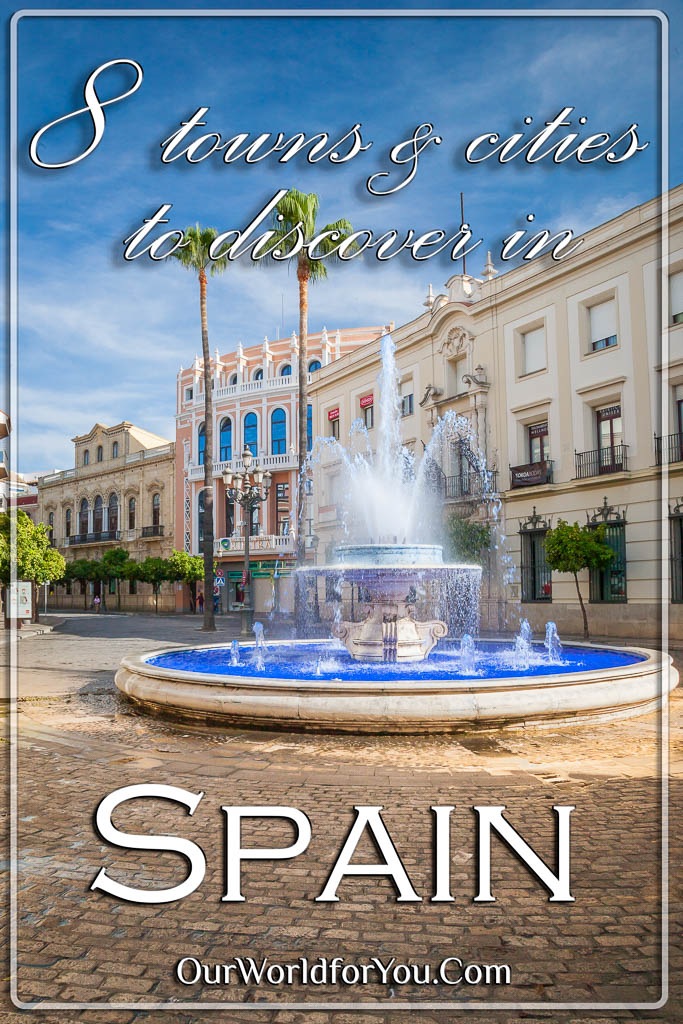
Our List of 8 Spanish Favourites
Ahh, yes, Jerez home of flamenco and sherry, what a delicious combination.
Jerez de la Frontera is a city of rich and deep-rooted culture, stunning architecture and welcoming locals.
Amongst its charming and family-friendly squares are some wonderful cafés, restaurants and bodegas, spilling out onto the bustling streets and courtyards. I loved Jerez, it felt so welcoming and openhearted.
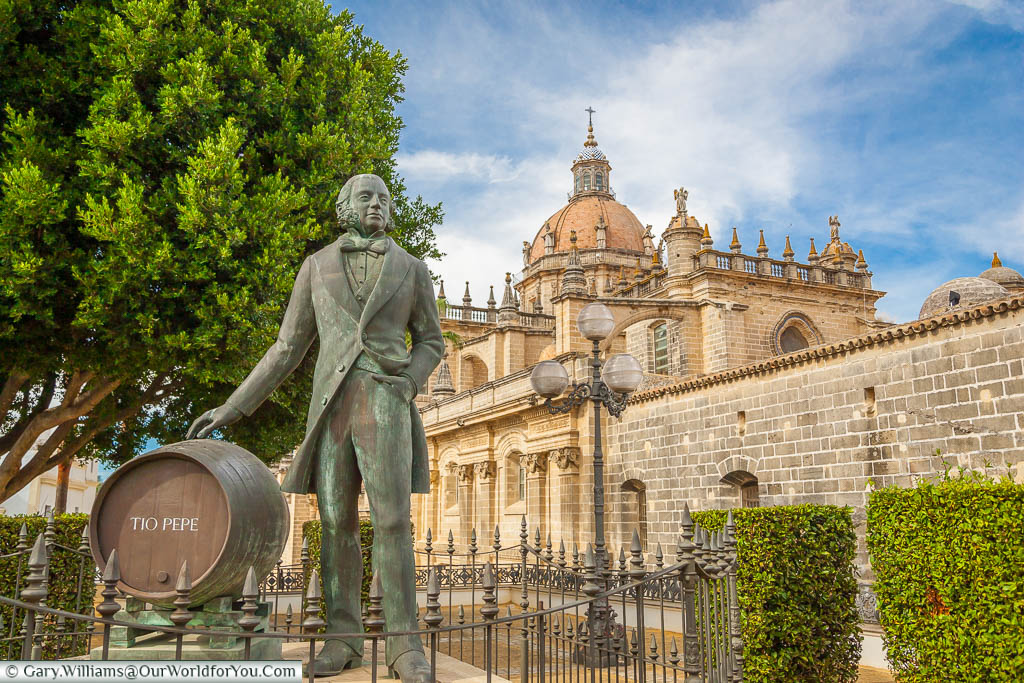
Within the small city, you’ll discover the Alcázar of Jerez de la Frontera, which is a former Moorish Alcázar, now a delightful park and gardens. Nearby is the 17th-century gothic and baroque Jerez Cathedral.
Also, Jerez is home to the Royal Andalusian School of Equestrian Art.
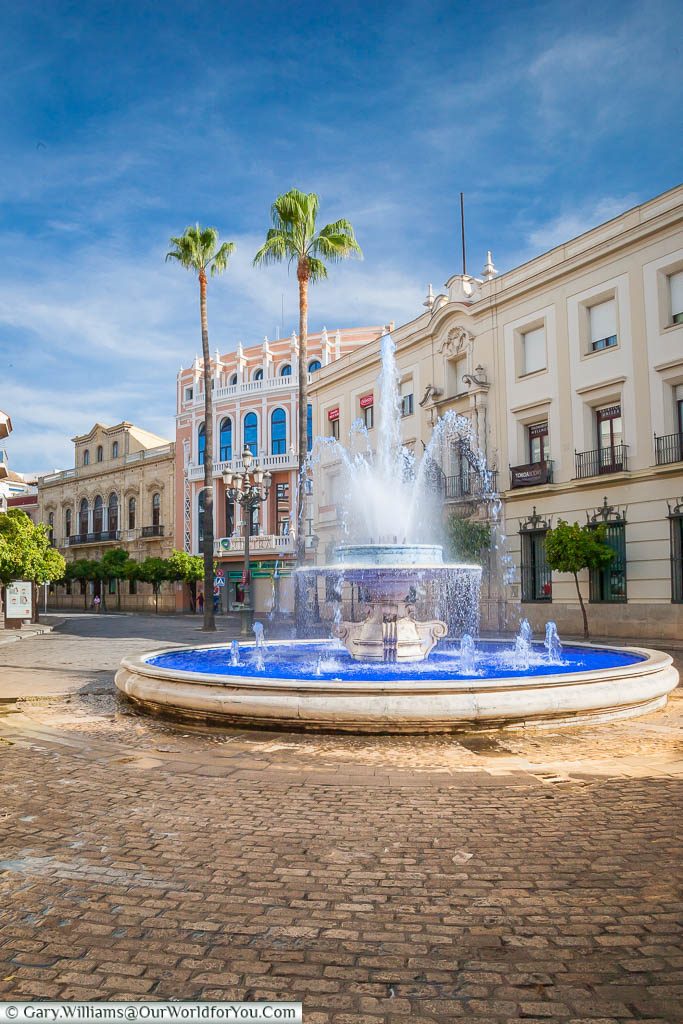
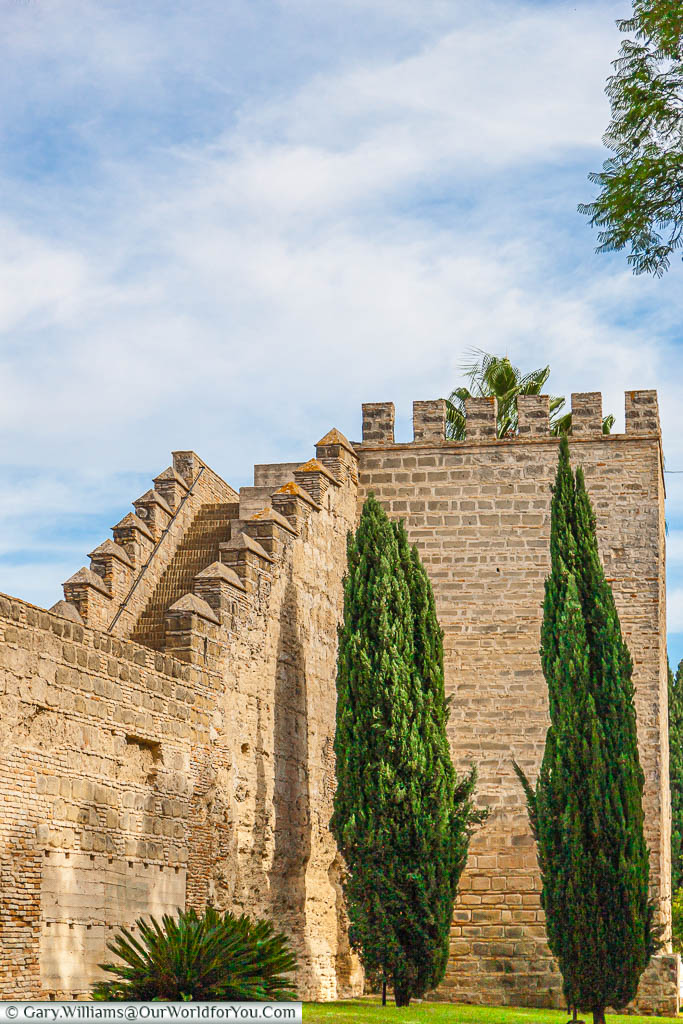
This made us want to indulge a little more. So, that evening we sought out a local Sherry bar, found an old barrel to prop ourselves against and whiled away the evening listening to flamenco music, being played on a Spanish guitar.
If you’re a motorsport fan, don’t forget to visit the Circuit of Jerez.
Our accommodation for the two nights we were in Jerez, was at the luxury boutique Itaca Hotel Jerez It was an excellent hotel and only a short stroll to the centre of town.
We’ve now journeyed to the north of Spain to León in the region of Castile and León.
León is another attractive city, with beautiful architecture, historic buildings, a delightful Plaza Mayor.
As with many Spanish cities, the Plaza Mayor plays a pivotal role and a central spot where friends and families gather. Either for the evening sunshine, their weekly visit on market days or just a pleasant place to sit and watch the world pass by.
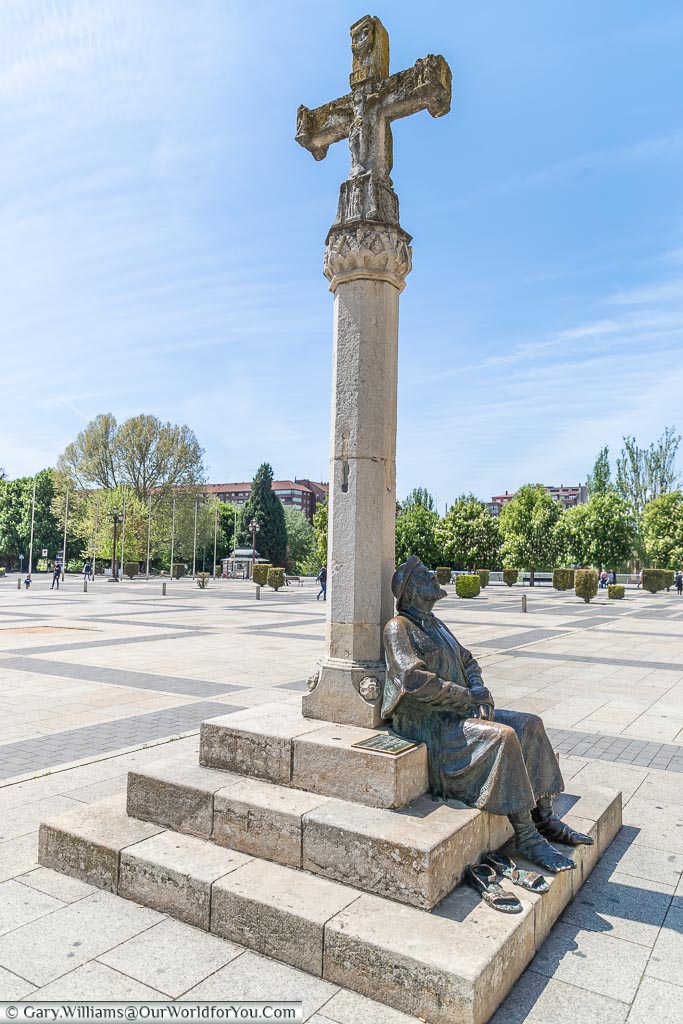
You’ll undoubtedly see the world stroll by here, as León is on the UNESCO French Route of the ancient Camino de Santiago, The Way of St. James. Pilgrims young and old pass by with determined expressions and weary feet.
The Roman’s left their mark here too, with remains of the ancient city walls dating from the 1st-century BC still to be seen.
Within León, there’s also a Romanesque Basilica, named Basílica de San Isidoro de León. The basilica was built in the 10th -century on the grounds of a Roman Temple. A short stroll away is León’s 13th-century imposing gothic cathedral, which was the third to be built on the site of Roman baths.
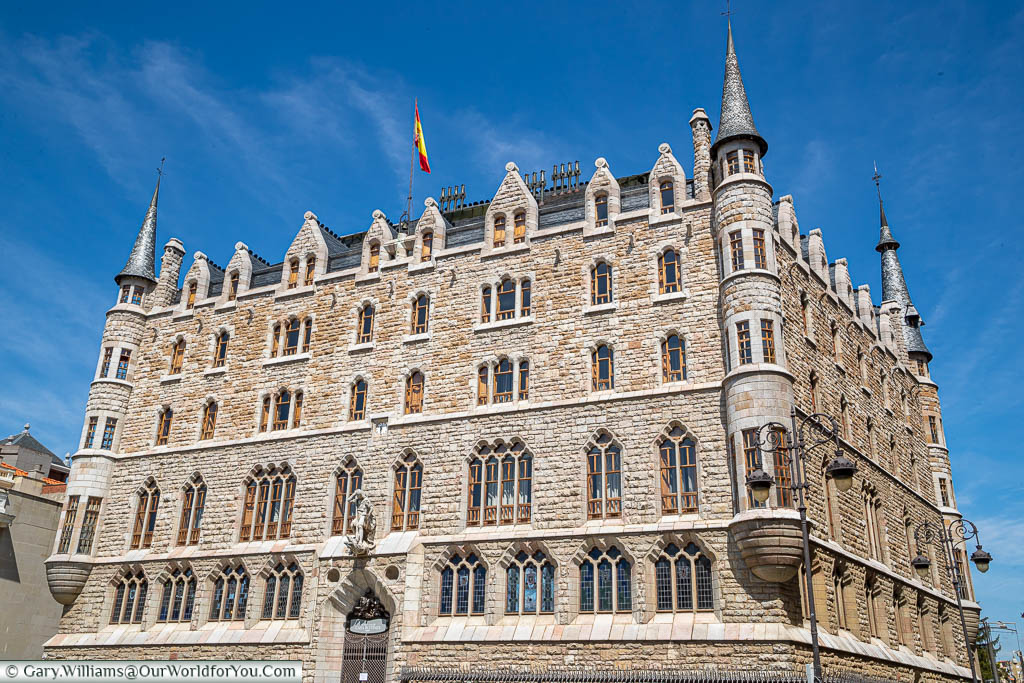
If your architectural tastes are a little more recent, then there’s Casa Botines. Built during the late 1800s in the Modernist style. This is one of the very few designs by Antoni Gaudi that was constructed outside of Catalonia.
Our accommodation for the two nights in León was at the luxury NH Collection León Plaza Mayor.
This really is in the heart of León, as the hotel entrance opens directly onto the Plaza Mayor. Our room overlooked the historic square, which was fantastic, especially when we awoke to a colourful market being set up below us.
The parking is underground in a public car park. However, they have allocated spaces for the hotel at a discounted charge.
I love nothing more than planning a trip and so often I use the DK Eyewitness books. I find them extremely informative, easy to follow and the pictures and maps tempt you into discovering more.
We used this version of the book to plan the northern part of our Spanish road trips.
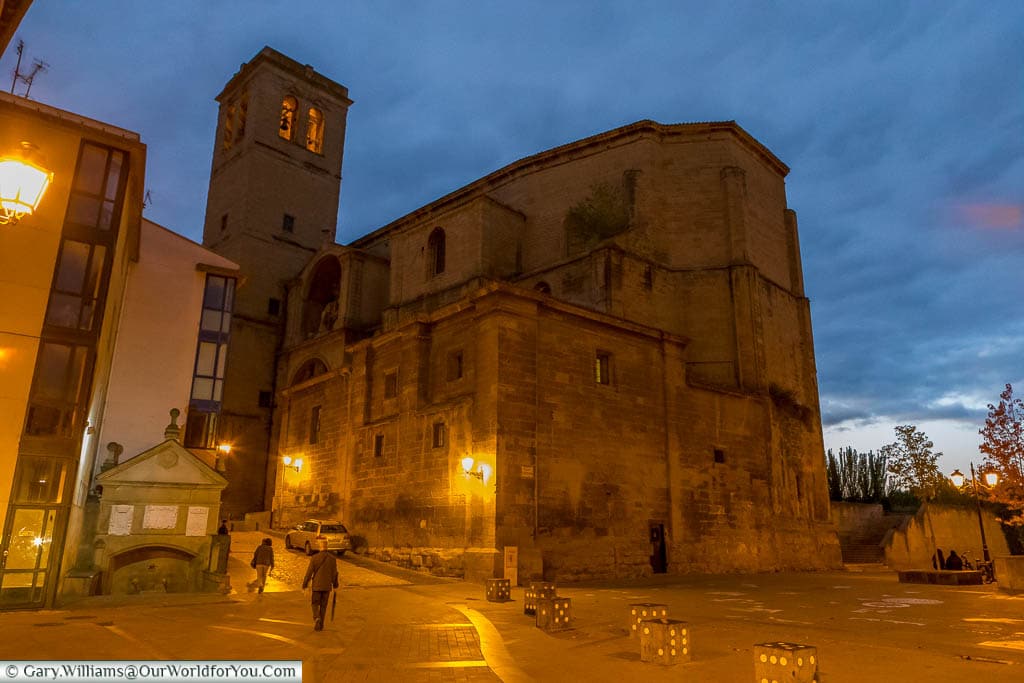
La Rioja may be ringing bells for other reasons, and you would be correct, yes, the wine.
Foodies may also know that Logroño is where you can get some exceptional tapas. Within a few streets of Calle del Laurel, there are around 50 taperías (tapas restaurants). It is incredible, some specialise in individual ingredients, and others just go with the flow. As you can imagine, the quality is high as there is a lot of competition.
There is some eye-catching architecture here too. The Puente de Piedra, the stone bridge that spans the River Ebro, the cathedral of Santa María de la Redonda and the Church of San Bartholomé is the oldest church in Logroño.
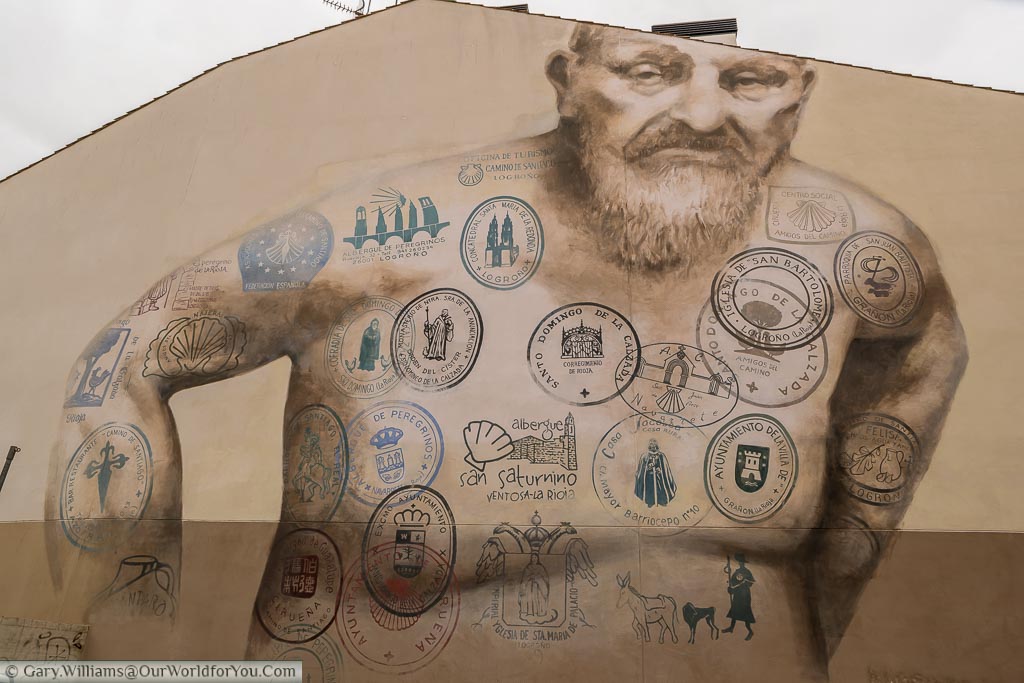
Logroño is also on the Camino de Santiago route, so you'll often see pilgrims passing through in hiking boots, with walking sticks and the synonymous the shell hanging off of their backpacks.
One aspect of Logroño that I especially loved was the street art. It could be found around virtually every corner or in the smallest of doorways.
During our visit to Logroño we stayed at the Calle Mayor Hotel. It is in a great location in the town and easy to find. The secure hotel garage was only about 100 metres away and had good size parking spaces, you were also given your own key for the garage.
Start planning
We embarked on our Spanish road trips from the UK, catching a Brittany Ferry to Santander.
However, there are regular flights to Madrid, Seville and Málaga take a look at ebookers.com. Then pop in your location details and Rental Cars will search well-known car hire brands and discover the deals that suit you the best.
We visited Cáceres during our 2016 Spanish road trip. It’s located in the Extremadura region in the west of Spain and not too far from the Portuguese border.
Its ancient streets are awash with stunning Moorish architecture, narrow lanes to lose yourself in and history dating back millennia.
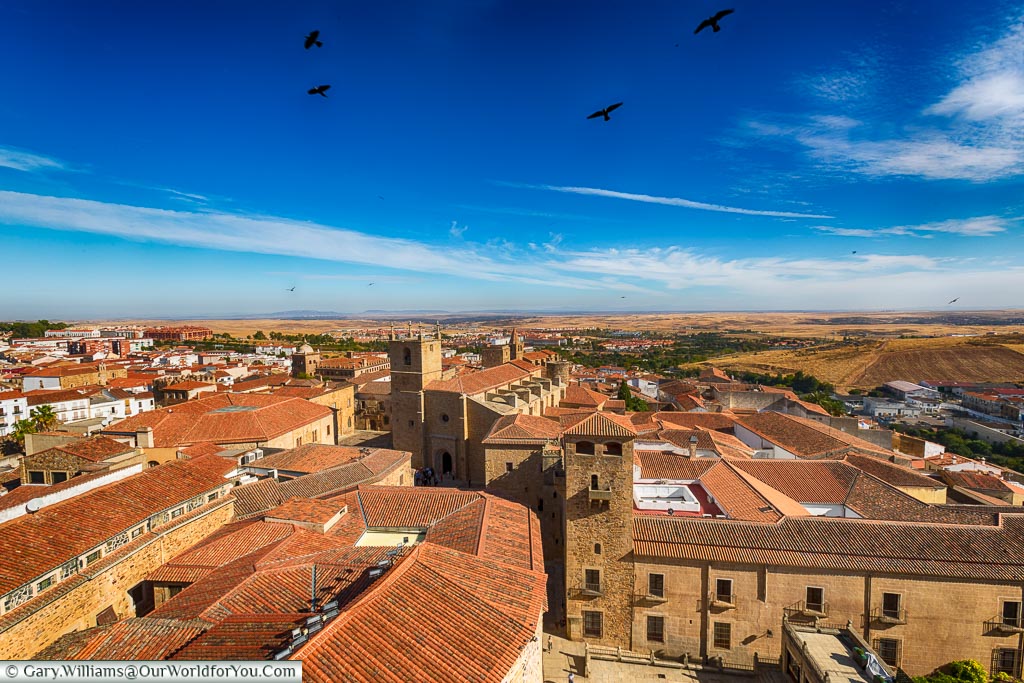
Cáceres was founded by the Romans in 25 BC. Although one of the most eye-catching features of this ancient city is the remarkable fortified wall and its 30 towers, built by the Moors in 12th-century and encircled the Old Town.
It certainly won’t be a surprise that Cáceres was inscribed as a UNESCO World Heritage Site in 1986.
While it’s a bit hilly in parts, it’s such a pleasure wandering through ochre arches and courtyards, discovering different corners of the city. You’ll undoubtedly find the Plaza Mayor in Cáceres, but also keep an eye out for Plaza de San Jorge and the pink towers of the Church of San Francisco Javier and the and Plaza San Juan (perfect for alfresco dining).
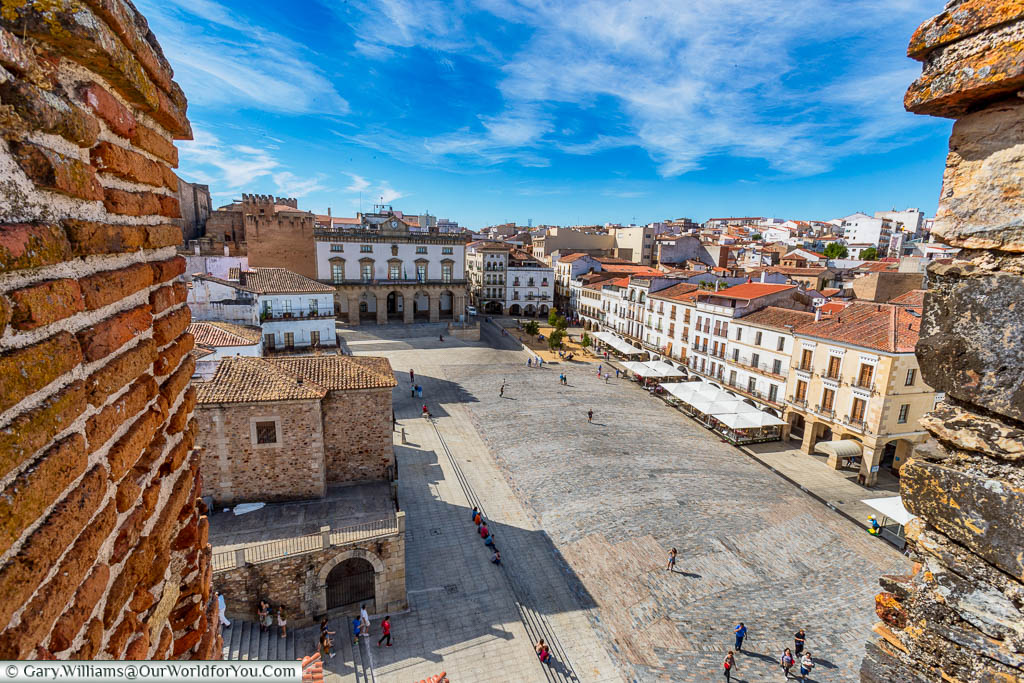
I absolutely loved it in Cáceres. It was such a delightful place to spend the day meandering through the twisting passages and ramparts. However, when the sun sets, it’s picture-perfect for sitting under the clear night skies on a balmy autumn evening, enjoying a glass of the local wine.
Our accommodation for the 3 nights we were in Cáceres, was at the Parador Cáceres. This is a very stylish hotel and extremely central within the Old Town, so much so that I would take caution trying to find it with your car.
Although, the Parador has a free outdoor parking lot, there are limited spaces and they are unable to be reserved. There is alternative parking available in an enclosed garage away from the hotel, which you will be transported to and from.
There are so many incredible places to discover in Spain and I love planning road trips. I often use the DK Eyewitness books, I find them extremely informative, easy to follow and the pictures and maps tempt you into searching for more.
We used a previous version of this book to plan our Spanish road trips, now you can grab the revised copy.
I’m now heading south to the whitewashed town of Ronda in Andalusia and the magnificent surrounding El Tajo gorge.
Ronda is located high above the canyon and straddles the Guadalevín River; however, not just by one bridge, but three.
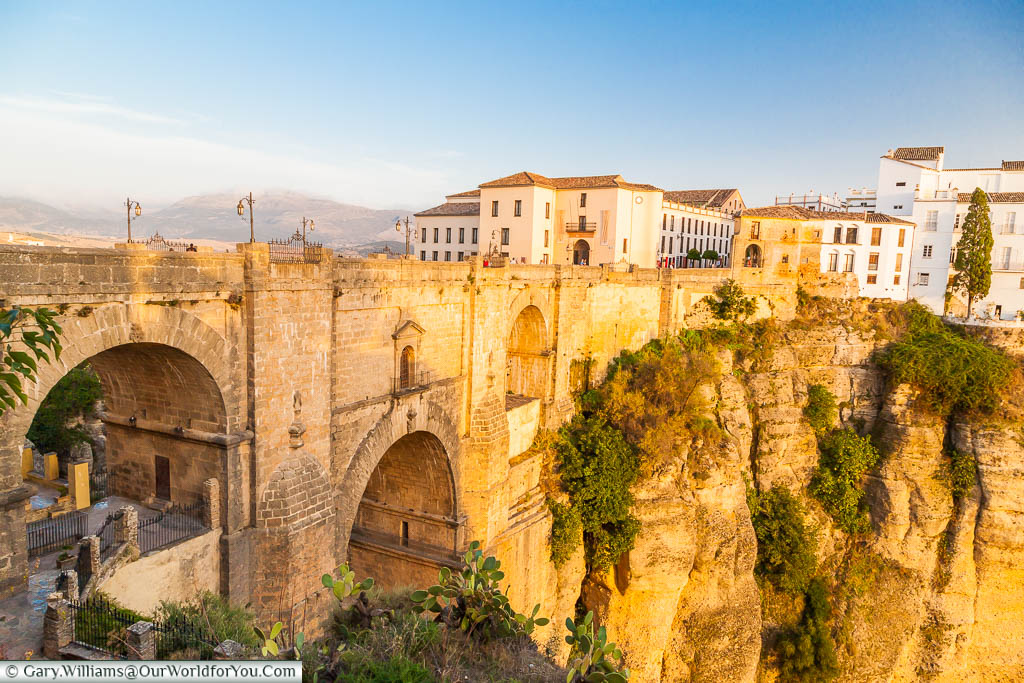
If you stroll down to the oldest bridge of Puente Arabe "Moorish Bridge", you’ll get an amazing view of the two above. Puente Viejo "Old Bridge" which was built in 1616 and in the middle of the three. At the top of the gorge is Puente Nuevo "New Bridge", although it isn’t really that new as it was completed in 1793 and stands 120 metres (390ft) high.
Don’t miss out on visiting the Arab Baths by the Moorish Bridge they are a fascinating piece of history, although you won’t be able to take a dip.
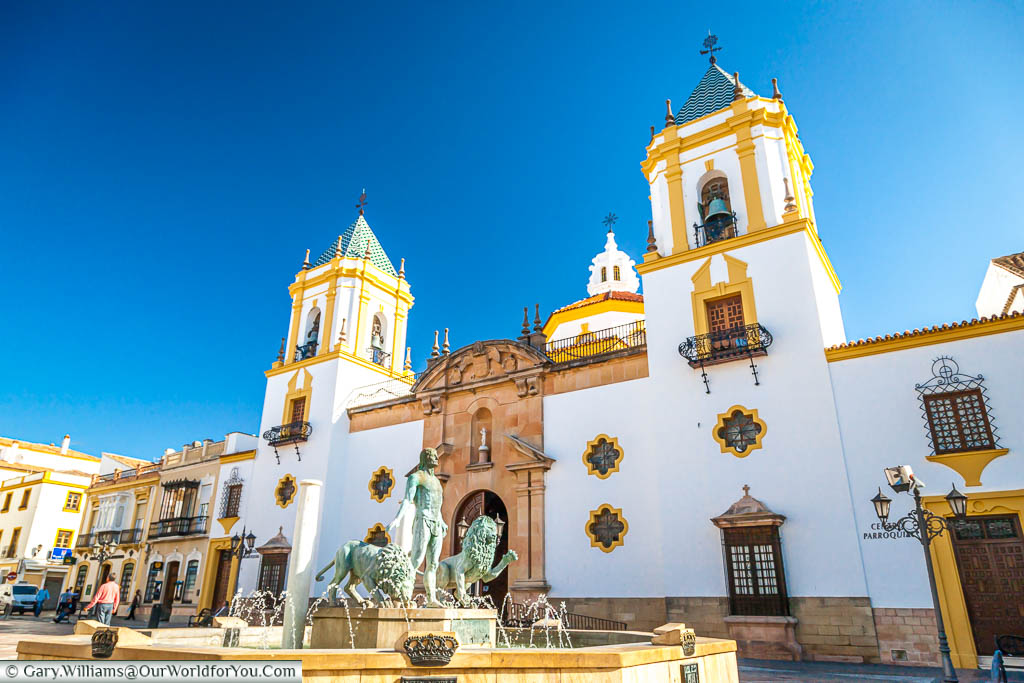
Another element of Ronda’s rich past is bullfighting. I appreciate this is not to everyone’s taste; nonetheless, it holds a strong tie with Spain’s heritage. I was intrigued to find out a little more, so we visited the museum and bullring at Plaza de Toros de Ronda.
The bullring itself is incredible inside, it feels so much more significant when you step into the arena. Built in 1785 the amphitheatre is really a sight to behold with its ochre-coloured sand and rows and rows of seating.
Our accommodation for the two nights we were in Ronda, was at the luxury Parador de Ronda. It was an excellent hotel, with views overlooking the Andalusian countryside and an unrivalled view of Puente Nuevo.
You’ll struggle to better this hotel for location, and it also has underground parking.
Keeping in Andalusia, we journey north-east to Úbeda, nestled high amongst a patchwork of lush olive groves.
Úbeda may not have previously ventured across your radar. Still, if you are on a road trip and appreciate Renaissance architecture, you’ll want to stop by.
Its neighbouring town of Baeza is equally important, and the two ancient Renaissance towns are on UNESCO World Heritage List.
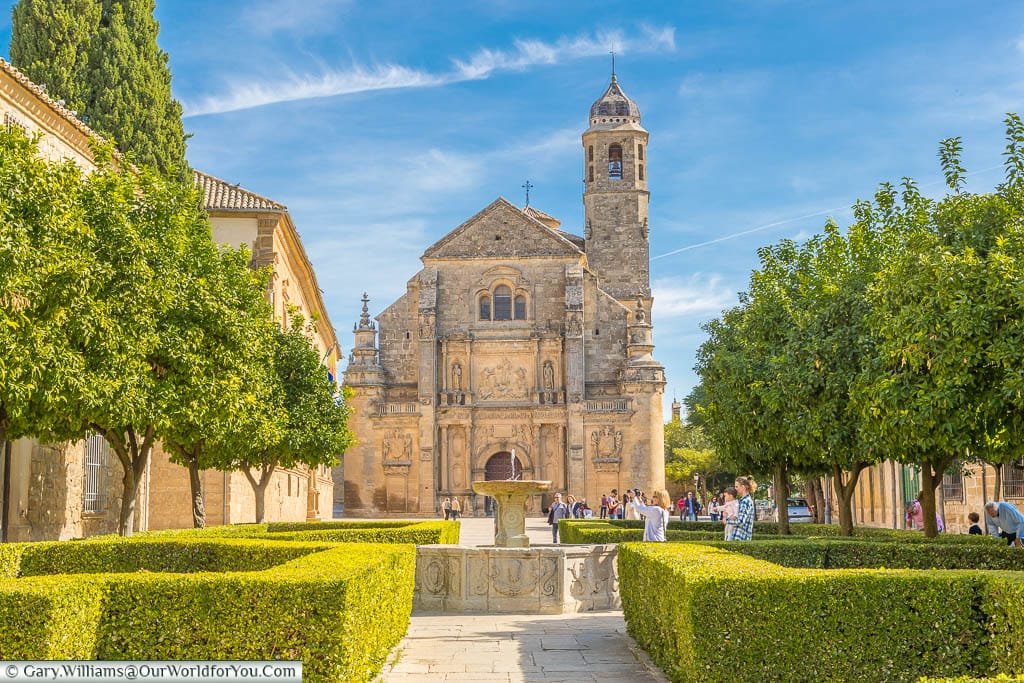
Úbeda is steeped in history with its intricate façades adorning the elegant palaces and churches. The main square of Plaza Vázquez de Molina is quite significant, bearing in mind the size of the town.
The beautiful golden architecture flows throughout the streets and plazas with a considerable amount built during the early 16th-century. Still remaining in parts are the defensive walls, archways and towers.
We truly felt like we’d stumbled upon a little gem visiting Úbeda, we just couldn’t believe how well the buildings had been preserved for so many centuries and how lovingly maintained.
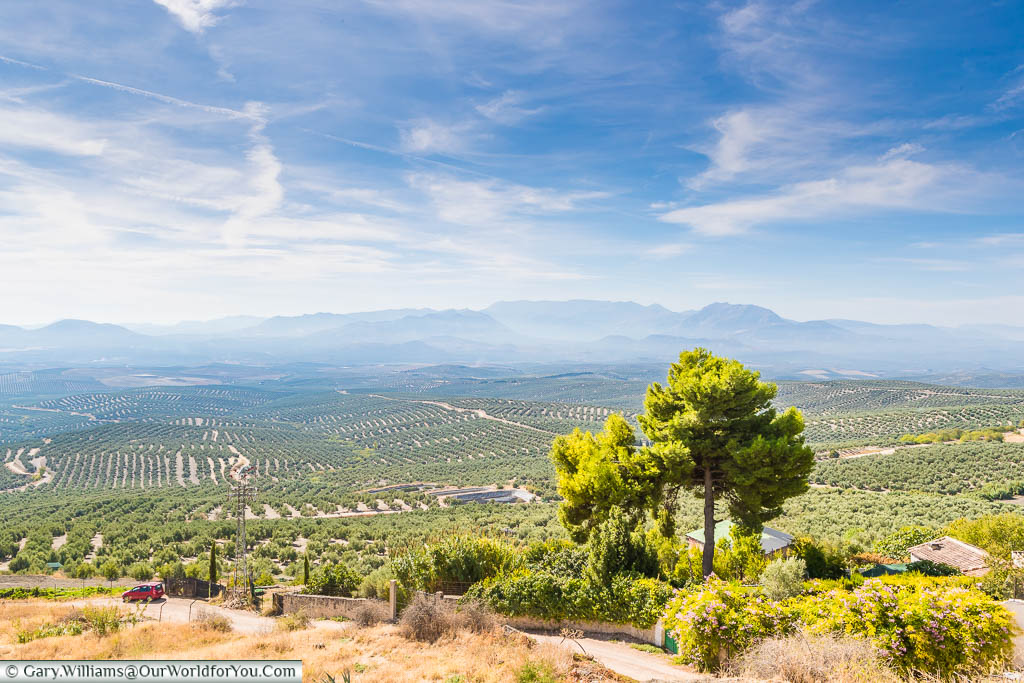
Ohh and the tapas bars and local restaurants were fantastic too.
Our accommodation for the 2 nights we were in Úbeda, was at the Palacio de la Rambla. This hotel has a wonderful inner courtyard which is attributed to Andrés de Vandelvira, the Renaissance architect.
It is just on the outskirts of the Old Town, so very central.
Ahhh the call of Andalucía, I love nothing more than planning a trip and so often I use the DK Eyewitness books. I find them extremely informative, easy to follow and the pictures and maps tempt you into discovering more.
We used a previous version of this book to plan our southern Spanish road trips, now you can grab the revised copy.
Venturing north, we visit Toledo in the region of Castile–La Mancha and just south of Spain’s capital city, Madrid.
Toledo has centuries of rich heritage and is known as ‘The City of Three Cultures’. With people living side by side from the religious faiths of Christianity, Muslim and Jews.
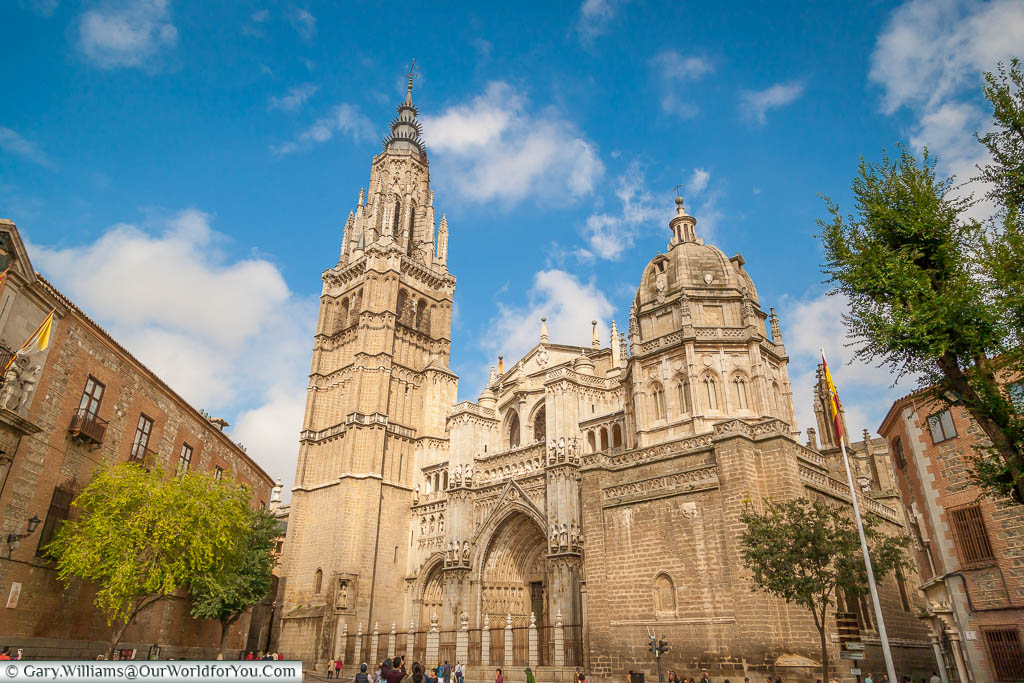
Just within a few streets of each other are two synagogues, a 10th-century mosque and a stunning 13th-century gothic cathedral. Truly worthy of becoming a UNESCO World Heritage Site.
The Alcázar of Toledo stands prominent in the city and can be seen from miles around. The view from across the River Tagus is stunning. The Alcázar was restored after the Spanish Civil war which ended in 1939.
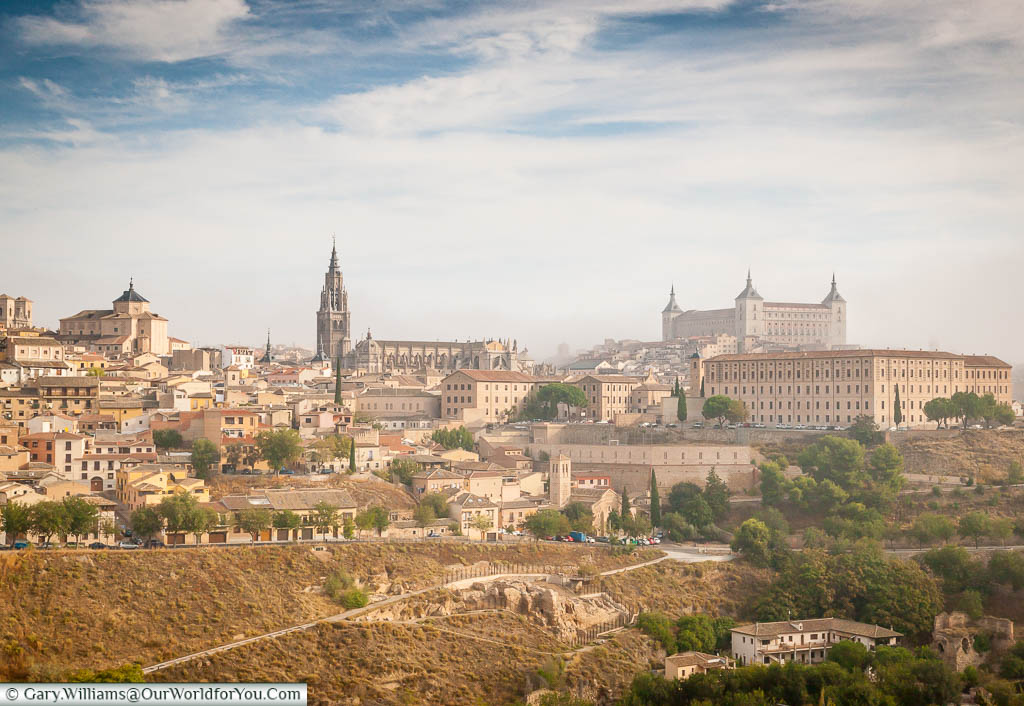
There is plenty of historic architecture to visit in Toledo. Among the ancient places of worship and castle, there are museums and palaces. You can also pick up your trusty sword here, as Toledo has been at the heart of steel making since around 500 BC.
Toledo is lovely to stroll around and a city I’m sure we’ll be returning to as we only scratched the surface of this beautiful and intriguing town.
During our visit to Toledo we stayed at the stylish Sercotel Pintor El Greco hotel. Located in the heart of the Old Town in a renovated 17th-centruy bakery. It was a delightful stay and would visit again.
There are so many incredible places to discover in Spain and I love planning road trips. I often use the DK Guides,
I find them extremely informative, easy to follow and the pictures and maps tempt you into searching for more
Last but by no means least is the historic walled city of Cuenca, a little further east in Castile–La Mancha.
There are many delightful things about Cuenca; however, if you’re not a lover of heights, then I would avoid crossing the Huécar Gorge. I’m ok with heights, but I saw a few people that definitely weren’t.
It is a stunning view while crossing the bridge, but even the smallest of gaps between the wooden slats could be unnerving for the faint-hearted.
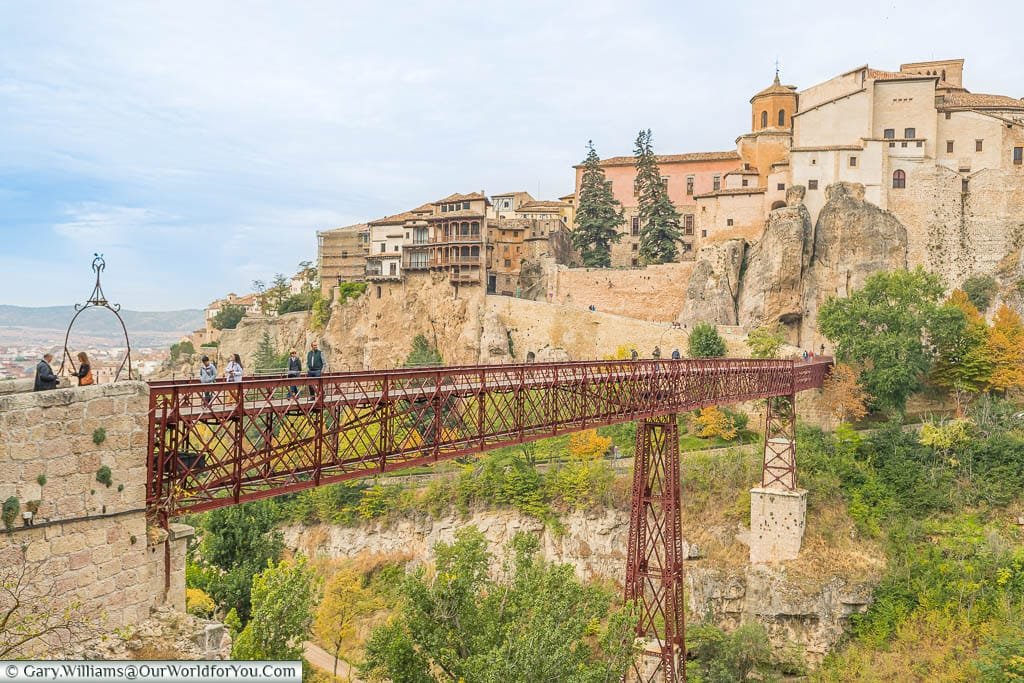
Ravine aside the other unique aspect of Cuenca is its Casas Colgadas (Hanging Houses). Built-in the 15th century, the houses appear to precariously cling to the side rock face, with their balconies protruding even further out. I certainly couldn’t live in one.
Stroll up through the cobble-stoned lanes of Cuenca, and you’re greeted with a charming Plaza Mayor, and one of the first Gothic cathedrals to be built in Spain.
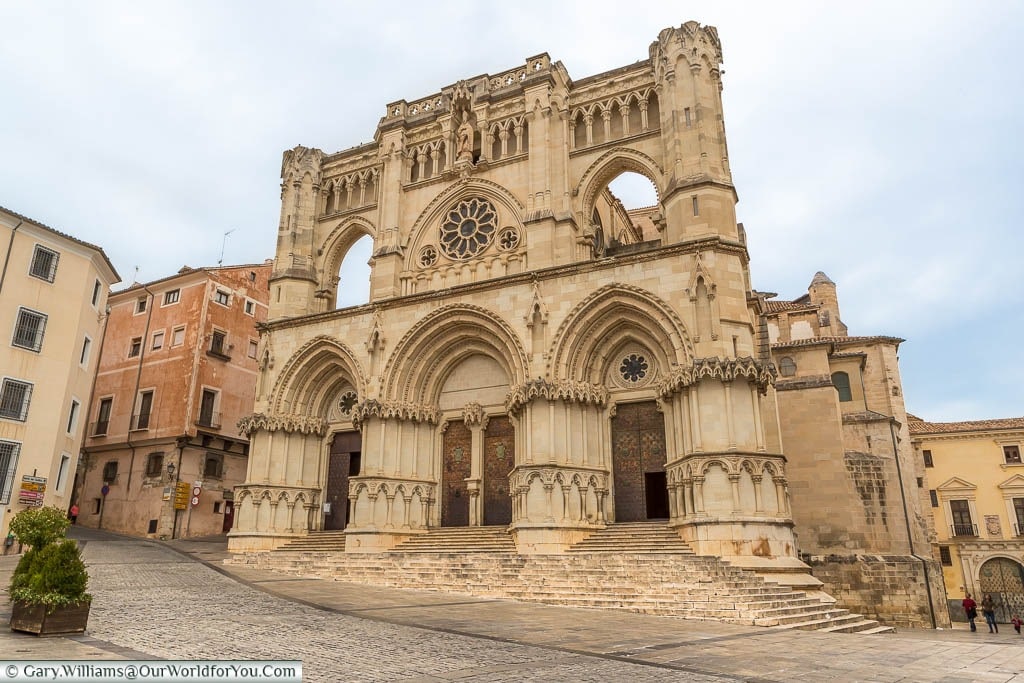
The tiny, covered passageways lead you along the edge of the city and offer wonderful vista across the surrounding landscape. Keep heading up, and you’ll arrive at the few remaining ruins of the El Castillo, an ancient Arab fortress.
Cuenca has a reasonably small Old Town, but it is steeped in history. The Baroque and Gothic architecture on the chapels and convents are so striking.
Like so many other destinations on this list, the Historic Walled Town of Cuenca has been designated a UNESCO World Heritage Site.
Our accommodation for the 2 nights we were in Cuenca, was at the Parador de Cuenca. This hotel (once convent) is in a wonderful location with views across the Huécar gorge. If you suffer from acrophobia then this hotel is probably not for you, as you have to cross the San Pablo bridge to get into town (or a very long walk around).
* This post may contain links to affiliated sites where we earn a small commission at no additional charge to you.
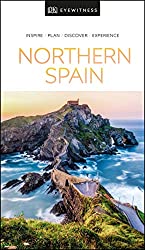
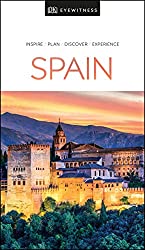
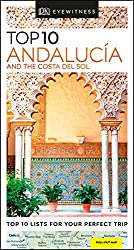
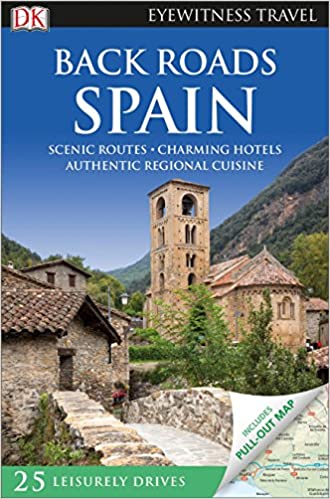

No Photos what so ever
Hi,
Thanks for your comment, I’ve just rechecked, and the photos appear to be loading ok. Are you able to let me know the device that your are viewing the post on?
Thanks